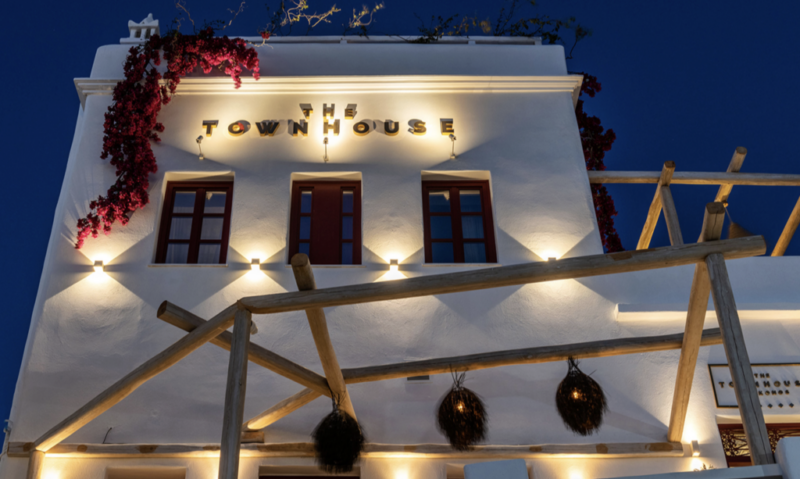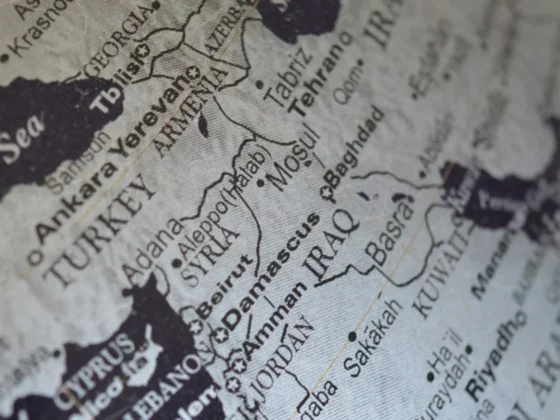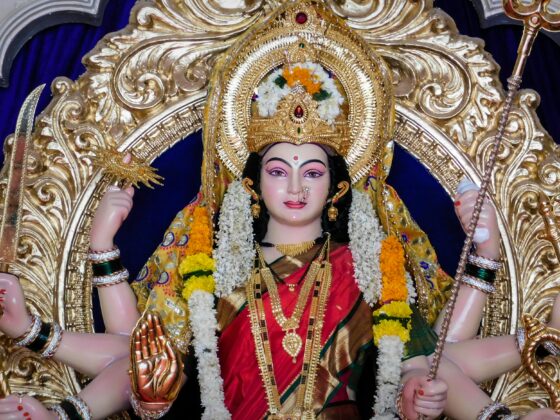If you’ve watched hotel sponsorships lately you may have noticed: the name they are advertising aren’t the company or hotel brands. Instead of Marriott or Accor, it’s Bonvoy or All. These loyalty programs are becoming the central identity of the big hotel groups—and that’s by design.
Across the global hospitality landscape, we can observe two main types of offerings: loyalty (or reward) programs aimed at guests, and brands (or labels) aimed at investors. This dual model has shaped how the major hotel companies operate and grow.
For the traveler, loyalty programs are the unifying product. They tie together a wide variety of brands under a single membership and consumer brand, and in doing so, they create consistency of recognition and rewards. As the products are much harder to keep consistent this is a good alternative. These programs are where hotel groups invest in marketing, technology, and partnerships (high profit sales of points to credit card companies) because they drive repeat business and data-rich relationships with guests.
On the other hand, hotel brands—the individual names like Moxy, Pullman, or Crowne Plaza—play a different role. These are created and refined with investors in mind. Each brand represents a specific positioning or price point, offering developers and owners a playbook for what to build and how to operate. It’s an ecosystem built for scale.
This isn’t to say that hospitality is no longer a focus. It’s just that in the largest hotel companies, the responsibility for guest experience increasingly sits with the individual properties and their operators—often management companies or franchisees. Meanwhile, the hotel brand owner focuses on system design, loyalty strategy, and brand architecture.
It’s a model that has clear advantages. Guests get access to a global network of hotels and familiar standards. Owners benefit from the distribution and brand equity. And the hotel groups can grow efficiently through partnerships and franchise arrangements.

Of course, this also means that the more personalized, handcrafted hospitality experiences are often found in smaller or independent properties—especially those at the high end. But the big brands still play a vital role in providing consistency and reach, especially for frequent travelers.
So rather than asking whether hotel brands have lost their meaning (as I have done so many times before), perhaps the better question is how they’ve evolved. In today’s hospitality world, loyalty programs provide the connective tissue, and the brands provide the structure. Understanding that helps clarify not just how hotels operate—but also why they look the way they do (and the increasingly confusing lineup of “brands”).









